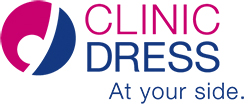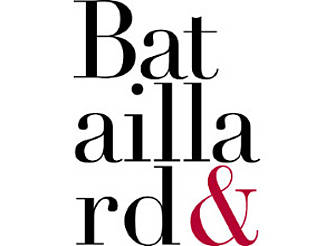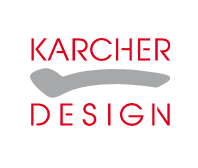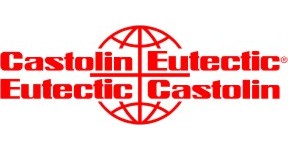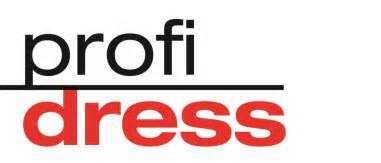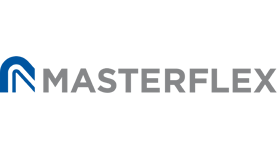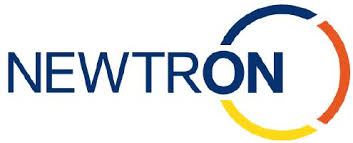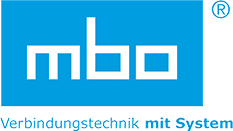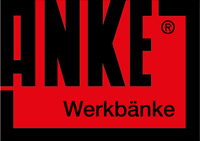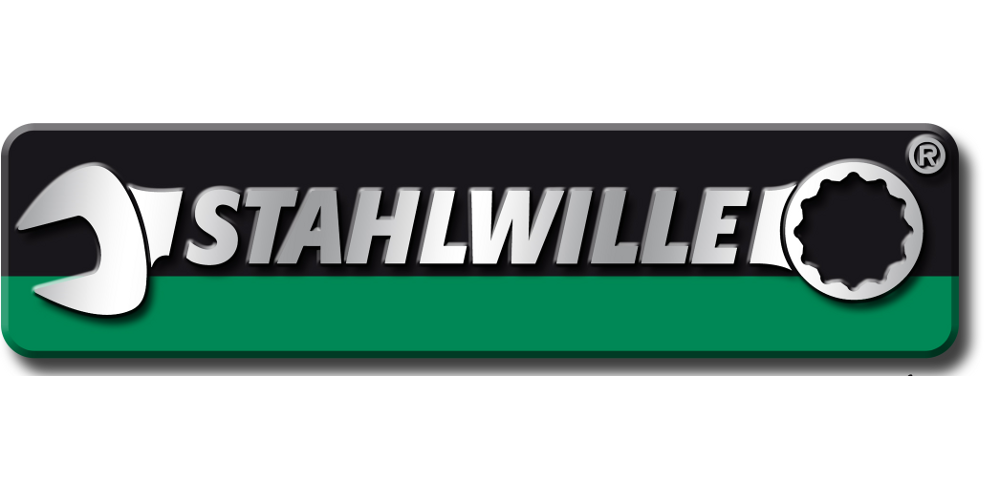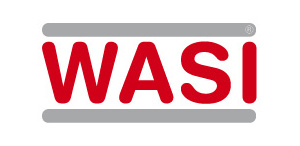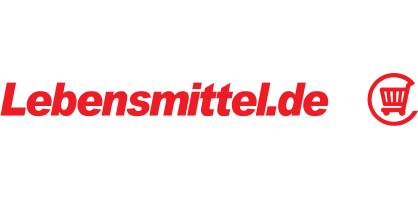What are the best Formats
for exchanging Productdata?
We are explaining these Standards:
- BMEcat
- IDM
- Datanorm
- EDIFACT
- OFML
- openTRANS
The best standards and formats for exchanging product data
For successful retail companies, the procurement of high-quality, up-to-date and – above all – correct supplier data, especially product information, is becoming an increasingly decisive competitive factor.
Standards have already established in some industries, while others are only now starting to implement digital business processes for business communication between suppliers and customers. In many cases, the daily routine of “obtaining” product data is an elaborate manual process which often consists of creating meaningful product data from heterogeneous piles of information (Excel lists, PDFs, Word files, etc.) and distributing it to the different sales channels.
However, management boards are usually looking for different, more sophisticated approaches: automatic data onboarding, use of data hubs, manufacturer data that can be easily transformed for an organizations’s own needs, product configuration on the basis of ready-for-use data records and much more. The required solutions, standards and formats are available, but not – or not sufficiently – used.
This article aims to shed light on the issue of data formats for exchanging product data and implementing digital business processes. We therefore present a compilation of the most important standards to give you an impression of the formats that are particularly suitable for your industry, your company and your specific application.
BMEcat
What is BMEcat?
With the BMEcat (BME = German Association for Materials Management, Purchasing and Logistics, cat = Catalog) format, the exchange of catalog data between supplier and customer was standardized. The BMEcat format is based on XML and allows the automated exchange of product data between sender and receiver. s The product information transferred in such a catalog can be classified using product classification systems (such as eClass, ETIM or UNSPSC).
BMEcat can be used to implement complete product masters and catalogue updates. The BMEcat format is widely used in German-speaking countries, and its use is on the rise throughout Europe.
The most important new features of the current version include support for external catalogs (including OCI, PunchOut, RoundTrip), expansion of the product model to include configurable products, expansion of the price model to include dynamic price components, expansion of the product description to include logistical information, multilingual catalogs and support for multi-supplier catalogs.
Product types supported by BMEcat:
- Products (multilingual with image data and documents)
- Grouped products: classification, catalog group and attribute systems
- Products with one or more attribute systems (classifications)
- Configurable products (see below)
- Accessories, spare parts, similar products
Download: Documentation on BMEcat
BMECat for configurable products
What is BMECat for configurable products?
With BMEcat version 2005, the product model was extended to include configurable products. The new element PRODUCT_CONFIG_DETAILS is used for this purpose. In the previous version, only attribute-based variants with the same price could be described.
These restrictions no longer exist with the current version of BMEcat: Product configuration can be based on attributes, component-based, or based on a combination of attributes and components. The catalog can describe exactly in which order and under which rules the configuration runs and how the product price and order number result from this.
Configuration types supported by BMEcat:
- Attribute-based configuration
- Component-based configuration
- Combined: attribute-based and component-based
Download: Documentation on BMEcat for configurable products:
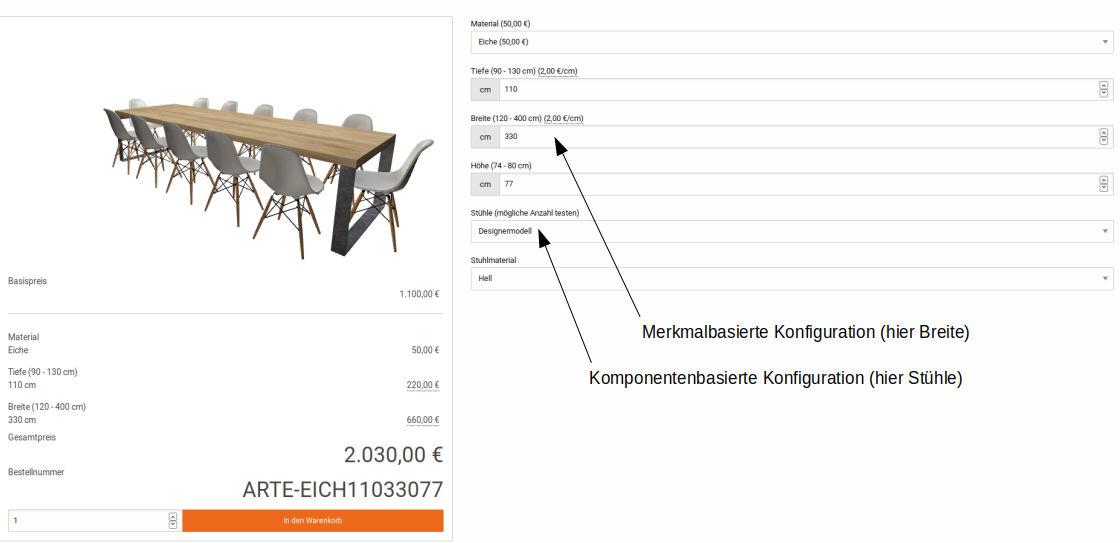
Example for furniture configuration based on BMECat - attribute-based and component based
The example shows a product configuration that is based both on attributes (material, depth, width, height) and on components (2 types of chairs with attributes). According to “BMECat for configurable products”, this is a combined configuration.
Example: “PRODUCT” element in a BMEcat catalog
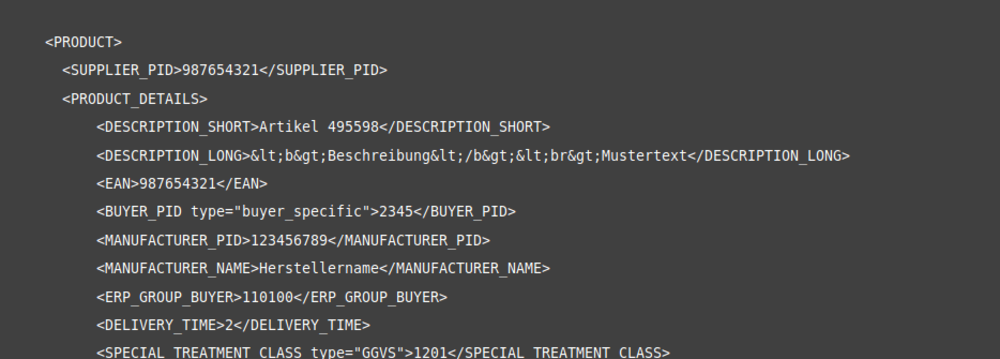
IDM (Integrated Data Model) for kitchen, sofa, living
What is IDM?
The IDM format was initially used for the products of the kitchen furniture industry that require particularly high planning efforts. Recently, other branches of the industry such as upholstery and living room furniture manufacturers have also developed their own adaptations for this industry format (IDM Upholstery, IDM Living Room Furniture). The format is based on XML. An IDM data record contains master data for the product, components, materials, and versions of these materials. Important aspects are relationships and conditions, which can be defined for certain materials and product components and based on which the prices for certain product configurations are calculated.
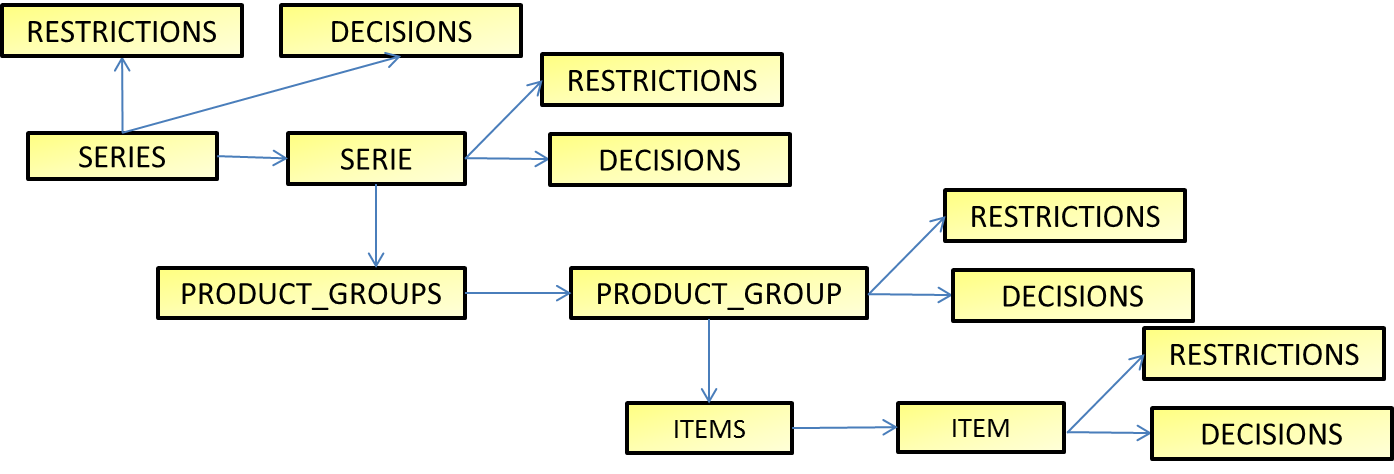
Element hierarchy of the catalog structure in the IDM scheme
The aim of the IDM catalog format is to ensure that the exchange of information between manufacturers and dealers is as trouble-free as possible. The processes are to be optimized by IDM in such a way that orders without queries are possible and planning errors can be reduced or even excluded. The defined goals of IDM are therefore fewer complaints and thus higher customer satisfaction.
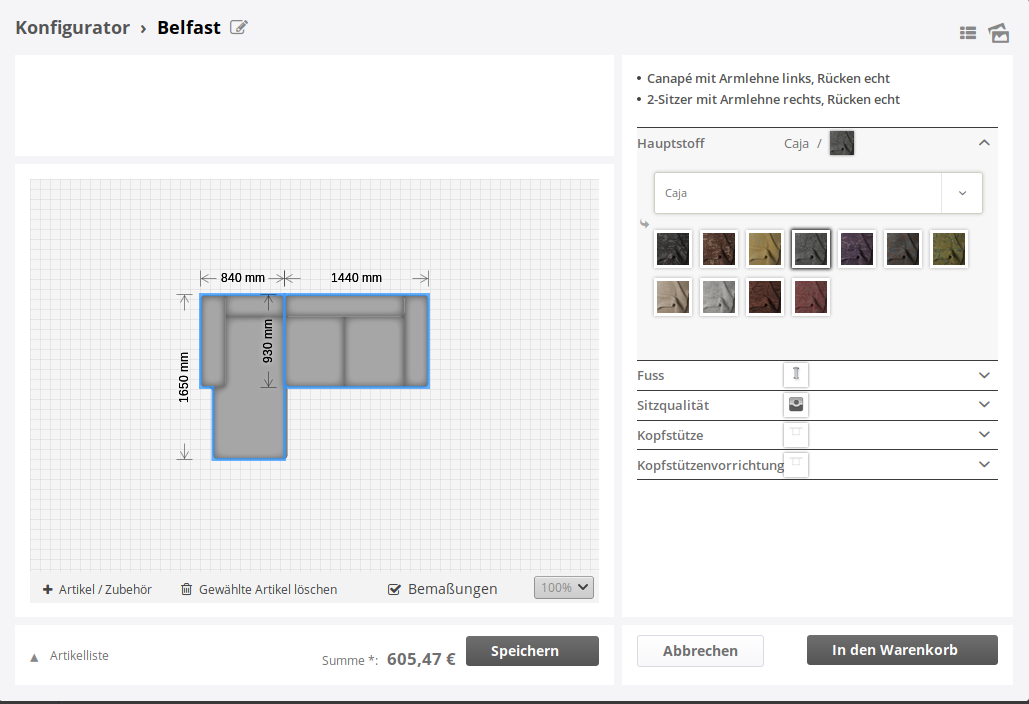
Example for furniture configuration with IDM data
Market penetration and acceptance of IDM
IDM is widely used in the field of kitchen planning. The IDMP format for upholstered furniture was not adopted until 2016. There are, however, first data catalogs of few manufacturers like Cor or Polipol. The area of living room furniture (cupboards / cabinets) is the latest of the three formats. Data in this format are offered by two furniture manufacturers (as of late 2019).
Examples of manufacturers offering their data in IDM format
- Kitchen furniture: Leich, Nobilia, Häcker
- Upholstered furniture: Cor, Polipol
- Living room furniture (cupboards / cabinets): Staud, Rauch
Datanorm
What is Datanorm?
DATANORM was originally developed as a standard procedure for the exchange of article/master data between manufacturers, specialist dealers and the craftsmen in the construction industry. It is based on record descriptions conceived and defined by the DATANORM Working Group on Data Exchange with the technical cooperation of associations, manufacturers, specialist dealers and software companies.
To get an impression of the data format, here is a list of the Datanorm files and the datasets they contain. The files have the following naming conventions:
DATANORM.001 ... DATANORM.999 (creation, modification or deletion of data sets) DATPREIS.001 ... DATPREIS.999 (price changes) DATASETS.001 ... DATASETS.999 (service records, bills of material) DATANORM.RAB (discount groups) DATANORM.WRG (material groups)
The files each contain the following data records:
long texts, short texts, GTIN or EAN numbers, net prices, gross prices, discount groups and discounts.
Although the number of users in absolute numbers is surely much bigger than for example that of IDM, DATANORM seems rather old-fashioned in comparison with modern XML formats like BMEcat or IDM and not really state of the art. Data exchange is based on simple text files in tabular form. The Datanorm format urgently requires a technical update if it should continue to play a role in data exchange in the future.
EDIFACT
What is EDIFACT?
EDIFACT (also UN/EDIFACT) is the abbreviation for “United Nations Electronic Data Interchange for Administration, Commerce and Transport”. EDIFACT is a cross-industry international standard for formats for the exchange of electronic data in business transactions. EDIFACT is available in various industry-specific versions, such as EANCOM for the consumer goods industry, EDIFURN for the furniture industry or EDITEX for the textile industry.
The basic concept of EDIFACT includes uniform message types called United Nations Standard Messages (UNSM). These message types have a short name consisting of six capital letters. In subsets of these message types, messages can be defined as industry-specific. The following standards are relevant for the exchange of product data:
- PRICAT: price catalogue message
- PRODAT: product data message
What is PRICAT?
The PRICAT standard covers both the structure and the mapping of a product catalog as well as the standardization of the data elements describing the catalog. PRICAT is a format primarily used in Germany and especially in the consumer goods industry.
What data is transferred in PRICAT?
- Goods (items) or services
- Price information
- Terms and conditions of delivery and sale
OFML
What is OFML?
The OFML (Office Furniture Modeling Language) data standard was created by “Büro-, Sitz- und Objektmöbel e.V.” (the German Association of Office, Seating and Office Facility Furniture Manufacturers) to establish a general standard for the description and configuration of furniture and for spatial planning for the furniture industry (also to allow for the combination of furniture from different manufacturers).
OFML is a very complex format – with disadvantages…
The result of these efforts was the OFML data standard, which is now also used by some furniture manufacturers, especially in the office furniture sector. But this format has some disadvantages: it is not based on newer standards like XML but was defined as a relational table format.
This means that for this format various tables with dependencies must be created. In addition, a special programming language is used to define dependencies between product attributes and to describe pricing rules.
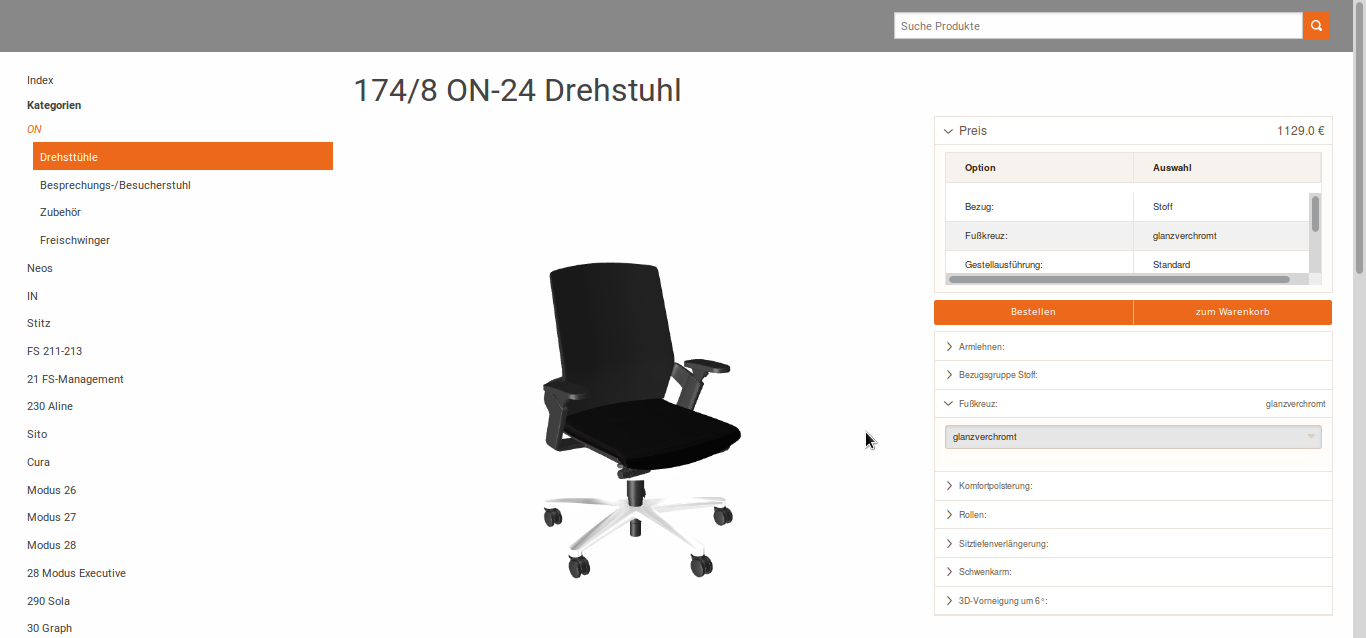
Example for furniture configuration with OFML
The documentation of the format has optimization potential in many places, an open-source system for the use of the data does not exist so far. OFML is maintained, generated and visualized by companies via special, proprietary industry software.
openTRANS for the exchange of order-related data
What is openTRANS?
openTRANS is an open standard for the support of electronic data interchange (EDI) in business transactions between trading companies. It supports electronic procurement. openTrans is a standard based on XML and XML schemes.
This means, that openTRANS is similar to EDIFACT. A group of experts led by Fraunhofer IAO and the University of Duisburg Essen defines the necessary business documents on an XML basis and develops integration solutions for buyers, suppliers and marketplace operators.
Business processes with openTRANS and BMEcat
openTRANS is suitable, for example, for the exchange of offers where product data are transferred in BMEcat format. This makes openTrans the transport layer for business communication.
Example of a transaction based on openTRANS
- Supplier (catalog transfer / BMEcat) =>
- Customer (order of products / ORDER) =>
- Supplier (confirmation of receipt for order / ORDERRESPONSE) + confirmation of dispatch (DISPATCHNOTIFICATION) =>
- Customer (goods receipt confirmation / RECEIPTACKNOWLEDGEMENT) =>
- Supplier (invoice / INVOICE) =>
- Customer (payment / REMITTANCEADVICE)
What is the best standard for my business?
The format you should use for exchanging product data with business partners depends on your industry. If you have the opportunity to choose a format for business communication with your partners regardless of historical legacy and industry-specific constraints, you should choose an open and modern format. The combination of OpenTrans and BMEcat can be recommended here as a very smart solution. The combination of both standards can be implemented very easily, e.g. via REST interfaces (RESTFUL STATE APIs).
Customers
Contact
Sepia GmbH & Co. KG
Ernst-Gnoss-Strasse 22
D-40219 Düsseldorf - Germany
Phone: +49 211 51 419 75
Phone alternative: +49 211 74 958 712 0
E-Mail: info@sepia.de
Looking for consultation or a web demo?
Get it here.

